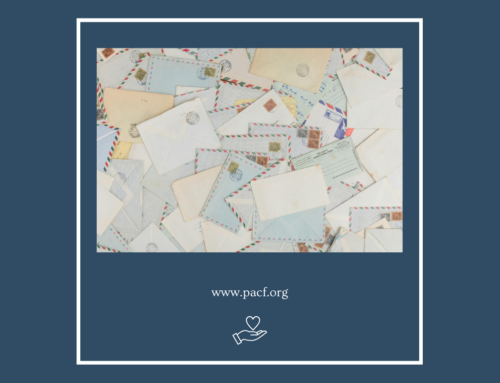Charitable giving is always an important strategy to discuss with your clients. Many high net worth individuals are philanthropic, of course, and charitable gifts reduce taxable income and avoid estate taxes. Charitable giving strategies are particularly relevant as you and your clients address the possibility of increases in income and capital gains taxes for high earners as well as increased estate taxes due to the looming exemption sunset.
What’s also notable is research indicating that the number of “ultra high net worth” families (over $30 million) has increased dramatically over the last two decades. Globally, 157,000 individuals represented $14.2 trillion in 2004 and by 2024, 426,000 individuals represented $49.2 trillion of wealth. Fast forward to 2027, and this group is expected to grow to over 500,000. America alone is home to 756 billionaires and many of the world’s millionaires–nearly 22 million people.
So why does this matter to you? It matters because wealthy families will rely increasingly on their attorneys, CPAs, and financial advisors to help them navigate savvy tax planning strategies, including charitable giving. And many of these families are very generous, so don’t underestimate your clients’ desire to get involved in charitable giving.
Indeed, you may already be working with families who use private foundations to fulfill their charitable giving goals. In many instances, these private foundations were established by previous generations before donor-advised funds became widely available. As donor-advised funds become more popular, for lots of good reasons, please reach out to the team at the Community Foundation to explore a parallel strategy where your clients can carry out their charitable intentions using both a donor-advised fund and a private foundation.
In some cases, your clients may want to consider closing a private foundation and transferring the assets to a donor-advised fund because of the many administrative and tax benefits, as well as the value of being able to lean on the knowledgeable team at the Community Foundation. Our team can help walk through the steps for shutting down the private foundation, which include securing board approval, making sure final expenses will be covered, transferring the assets to a donor-advised fund, filing the appropriate dissolution documents with the state, and submitting the private foundation’s final tax return reporting its dissolution and transfer of assets.
Contact Us
Whether your client pursues philanthropic goals through a private foundation, donor-advised fund, or combination of both, we are here to help! Please reach out to our team to discuss the ways your clients can support causes that align with their values and passions, create a lasting legacy that extends beyond their lifetime, involve multiple generations in philanthropic efforts, and foster an overall sense of family unity and shared purpose.
For more information, contact Steven Spinner, at sspinner@pacf.org or Gabrielle Markand, at gmarkand@pacf.org.





